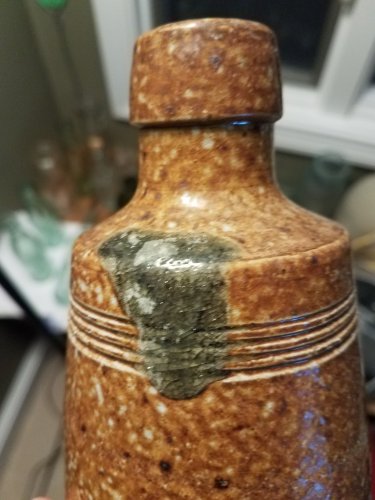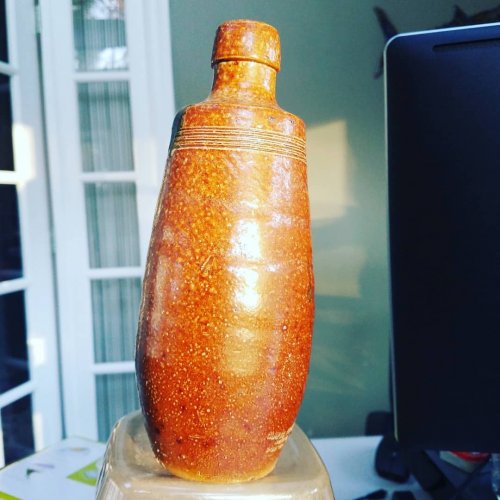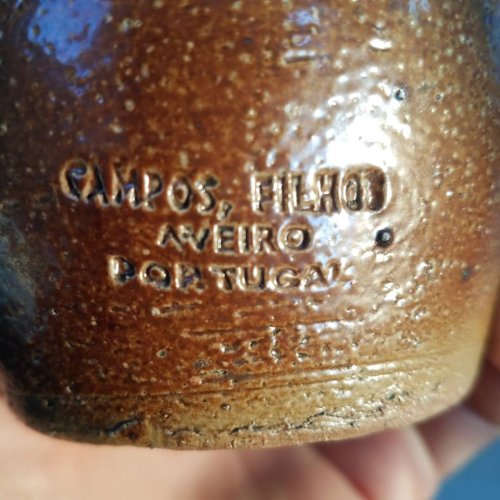Wrongly posted about this bottle in the pre 1900 forum. Not knowing much if anything about stoneware, have been doing a lot of research and noticed that a lot of stoneware bottles have similar glaze patches/stains. I know it's not it and that it is original but looks like if somebody repaired the bottle with epoxy. What is it, and does that help with the dating? Found the bottle in a river near Boston, MA.






